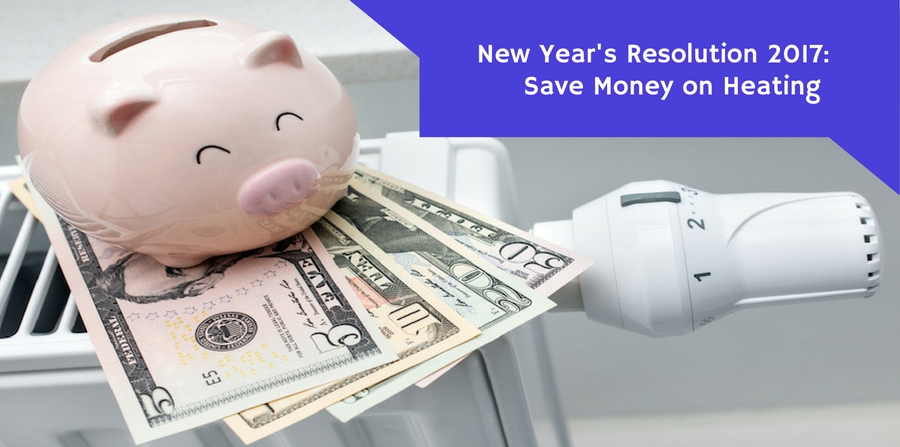A lot of homeowners think of a high heating bill as something they just have to tolerate. Even DIYers and bargain hunters view heating as the one area where high cost is inevitable. It’s understandable; what if you mess with your heating settings and then your furnace freaks out or your house won’t get warm? It can be easy to let yourself be intimidated into thinking there’s just no way to improve on your home’s heating effectiveness.
That couldn’t be less true! There are tons of things a savvy homeowner can do to cut down on heating costs. This New Year, make it one of your Resolutions to take ownership over your heating bill. Implement a couple of these simple strategies to make your heating more effective, give your furnace a break, and, of course, save some money.
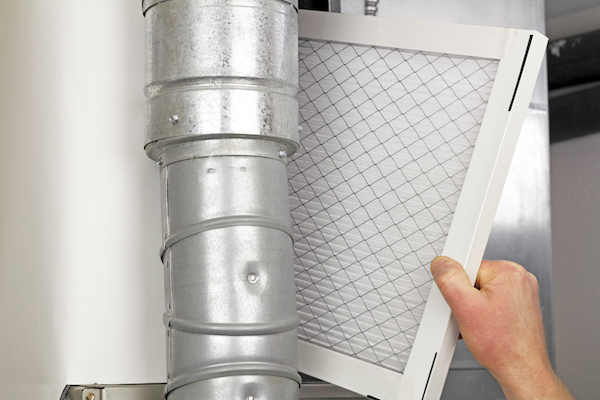
Change the Air Filter Regularly
Did you know that energystar.gov recommends you replace your furnace filter once a month? Now before you panic: changing air filters is kind of like flossing. Nobody does it as often as they should. You should check your air filters about once a month, but if they look relatively clean when you do, you don’t need to necessarily replace them every month.
However (you knew that was coming), there’s another way changing air filters is like flossing: if you don’t do it enough, things get gross. If your furnace’s air filter gets dirty, all kinds of not-ideal things happen: First, the warm air your HVAC system pushes through your house can get dirty. Next, because the filter gets clogged, the furnace has to work harder to push air through it. Worst of all, when a furnace has to push harder, it comes under more strain than usual. This can shorten its lifespan or lead to a breakdown, which could in turn lead to an expensive repair or replacement.
How often you have to replace your filter depends on factors like frequency and intensity of use, what type of heating unit you have, and how high-quality your filter is. As a general rule, however, replacing your filter at least once every three months will help ensure maximum furnace efficiency, saving money and maintaining your furnace.
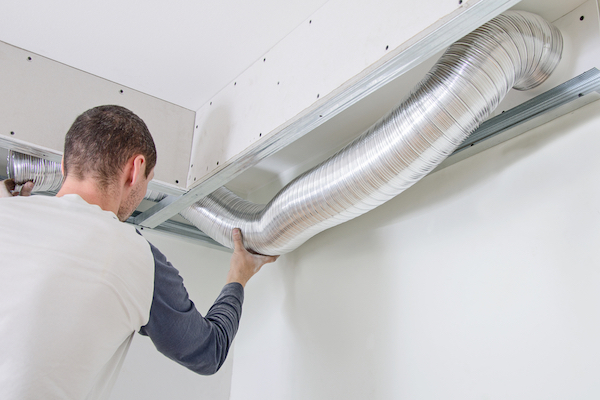
Seal Your Heating Ducts
A typical house wastes about 20 to 30 percent of its warm air. Warm air is lost by leaking out of gaps, fractures, holes, or imperfect connections. This is especially problematic if the leaking duct is partially outside or in an unfinished section of the house. If cold air from outside can get into your ducts, it’ll take a lot more time and energy to heat your home than it should. More time and energy means more furnace strain and, of course, higher bills. If the problem is significant enough, you could even end up with drafts or problems keeping the home comfortable.
Look for ducts that run through outdoor or unfinished parts of your house. Don’t worry as much about ducts that are concealed behind the walls or ceiling; insulation should keep those parts effective, and getting at them could be a large project. When you’ve found ducts you want to seal, look for obvious air leaks or poor connections. Use mastic sealant or metal tape to wrap up these leaks and connections. Then, double check where the vents and registers connect to the floors, walls, and ceilings. Problems with leaking often originate at these points.
Effective duct sealing can improve your home’s energy efficiency by up to 20%. That efficiency can translate to big heating savings, and will also help you keep your home feeling warm and comfortable.
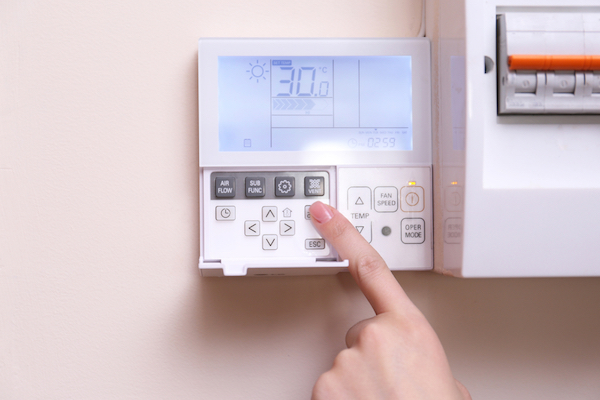
Invest in a Digital Thermostat
We’ve said this before, but we’re going to say it again. Investing in a digital, programmable thermostat is one of the most effective ways to cut down on heating costs all year. According to Energy Star, making proper use of a programmable thermostat will help you cut heating costs by $180 a year. Think about that–even if getting a digital thermostat is the only thing you do to cut down on heating costs this year, you could save $180 dollars.
The best way to use a digital thermostat is to program it to turn off the heat when no one is using it. Program the thermostat to turn down the heat while you’re sleeping at night or when you’re away at work. The thermostat will turn the heat back on when you need it, so you won’t even notice the difference. Meanwhile, those hours of reduced heat use will add up to big savings. We’re big fans of the digital thermostat, so if you want more information about the proper usage and advantages thermostat programming, check out our page for answers to any questions you may have.
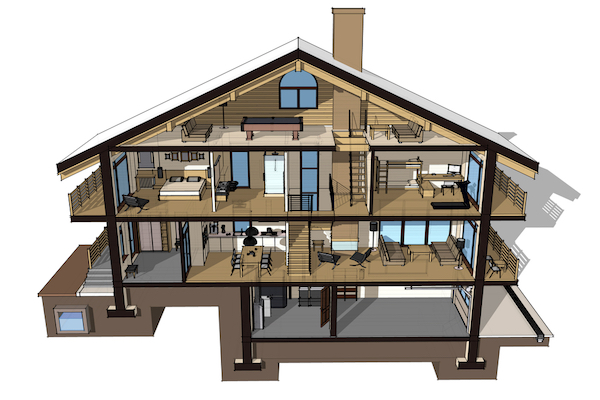
Only Heat the Rooms You Use
Conventional HVAC systems heat every part of a home equally. While this seems intuitive, in practice it can be wasteful. You don’t spend the same amount of time in each room of your house every day; in fact, there are probably rooms you don’t even visit every day. If you’re not using heat in these rooms, that heat is going to waste, and your heating system is working on those areas for nothing.
Installing zone heating and cooling in your home can solve this inconvenience, and save you money in the process. Zone heating uses electronically controlled dampers installed inside your existing ductwork. These dampers open and close in response to programming or a manual control. There are different dampers for each “zone,” and you can determine how many zones you need.
Then, you program the dampers to seal off air flow to parts of your home that don’t need as much heat. Then, the rooms you don’t use don’t consume as much heat and energy, and that heat is instead applied where it’s needed. Not only does this mean your HVAC needs to do less work, it also make the heat flowing to the rooms you do want heated that much more effective. More effective heat means rooms get to temperature faster, which means your furnace doesn’t need to run as long.
Any one of these simple steps will help make your home heating system more efficient, and following a couple or all of them will add up to big savings for this year and several years going forward. Start your new year off on the right foot by saving yourself a lot of money, time, and stress.
And remember: if you ever have a heating, cooling, or air quality problem, you’ve got nothing to worry about; Blue Ox always has your back. Happy New Year!

